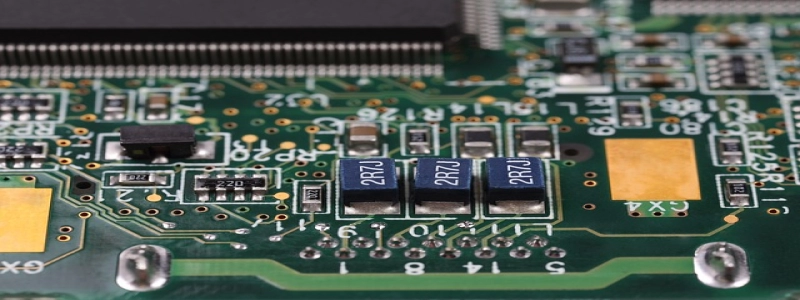Ethernet Naming Syntax
Wstęp
In computer networking, Ethernet is a widely used technology for connecting devices within a local area network (LAN). Ethernet naming syntax refers to the format or structure used to name Ethernet interfaces on network devices. This article will take an in-depth look at the different levels of Ethernet naming syntax and their significance.
Primary Level: Interface Type
The primary level of Ethernet naming syntax identifies the type of interface on a network device. Common interface types include Ethernet, Fast Ethernet, Gigabit Ethernet, and 10 Gigabit Ethernet. Each type represents a specific speed capability, with Ethernet supporting up to 10 Mbps, Fast Ethernet up to 100 Mbps, Gigabit Ethernet up to 1 Gb/s, and 10 Gigabit Ethernet up to 10 Gb/s. Naming conventions for these interface types typically begin with a common prefix, representing the respective speed, followed by a descriptor indicating the type of Ethernet.
Secondary Level: Physical Location
The secondary level of Ethernet naming syntax involves identifying the physical location of the interface on a networking device. This is particularly essential when dealing with large-scale networks that have numerous devices. Physical location naming conventions can vary depending on the network architecture but typically include identifiers such as slot number, port number, module number, or chassis location. These designators provide precise information about where a specific interface is located within a network device.
Tertiary Level: Additional Identifiers
The tertiary level of Ethernet naming syntax often includes additional identifiers for further differentiation. These identifiers can be used to indicate specific features, functions, or characteristics of an interface. For example, an additional identifier might specify whether an interface supports Power over Ethernet (PoE) or is designed for fiber optic cables. These extra identifiers help network administrators to accurately identify and configure network interfaces based on their specific requirements.
Importance of Ethernet Naming Syntax
Ethernet naming syntax plays a crucial role in network management and troubleshooting processes. A well-defined naming convention allows network administrators to easily identify and distinguish between different interfaces on network devices, enhancing network organization and reducing human errors in configuration. Additionally, clear and consistent naming makes it easier to communicate interface details and configurations with other network personnel.
Wniosek
In conclusion, Ethernet naming syntax serves as a standardized format for identifying and categorizing Ethernet interfaces on network devices. By incorporating multiple levels of naming, including interface type, physical location, and additional identifiers, network administrators can effectively manage, configure, and troubleshoot Ethernet networks. Establishing a clear and consistent naming convention for Ethernet interfaces is crucial for maintaining an organized and efficient network infrastructure.







